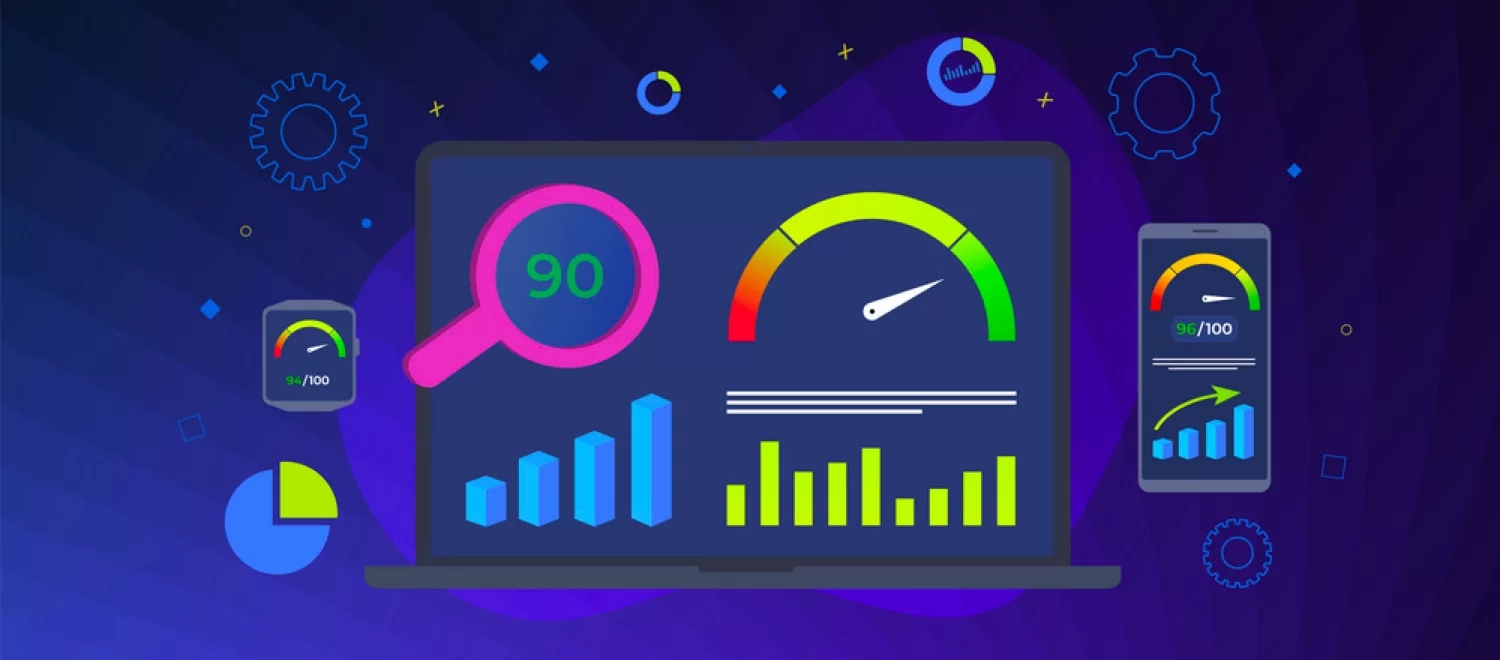Baykanber Insights
Your go-to source for the latest news and trends.
Speed Demons: How to Turbocharge Your Website Performance
Unleash lightning-fast website speed! Discover expert tips to turbocharge your site's performance and outrun the competition.
5 Essential Tips to Optimize Your Website Speed
In today's digital landscape, website speed plays a crucial role in user experience and SEO rankings. Here are 5 essential tips to optimize your website speed effectively:
- Compress Images: Large images can significantly slow down your website. Use tools to compress images without compromising quality, ensuring quick loading times.
- Minimize HTTP Requests: Each element on your webpage requires an HTTP request. Reduce these requests by minimizing the number of elements or utilizing CSS sprites.
- Leverage Browser Caching: Enabling browser caching allows frequently accessed data to be stored locally, reducing load times for returning visitors.
- Enable Gzip Compression: Gzip can compress your website files, making them smaller and faster to load. This is an effective way to improve your website speed significantly.
- Optimize CSS and JavaScript: Minifying your CSS and JavaScript files can drastically reduce file sizes. Combine files when possible to reduce the number of requests.

Common Mistakes That Slow Down Your Website Performance
Website performance is crucial for user experience and search engine rankings. Unfortunately, many website owners unknowingly make common mistakes that can significantly slow down their site. One of the most prevalent issues is the failure to optimize images. Large, uncompressed images can drastically increase page load times. Instead, consider using image compression tools and appropriate file formats such as WebP or JPEG to reduce file sizes without sacrificing quality.
Another frequent error is neglecting to leverage browser caching. When visitors access your site, their browsers cache certain elements, which can speed up subsequent visits. However, many websites do not set proper cache expiration headers, leading to unnecessary re-fetching of resources. To address this, implement caching strategies through plugins or server settings, ensuring your site efficiently serves returning visitors. By avoiding these common mistakes, you can enhance your site's performance and provide a better experience for users.
How to Measure and Monitor Your Website's Loading Speed
Measuring your website's loading speed is a crucial step in ensuring optimal performance and user experience. To begin, utilize tools like Google PageSpeed Insights, GTmetrix, or Pingdom, which provide detailed metrics on your site's load time. Simply enter your website's URL into these tools, and they will generate a report that highlights areas for improvement. Look for key metrics such as First Contentful Paint (FCP) and Time to Interactive (TTI), as these indicators directly impact user engagement and satisfaction.
Once you measure your website's loading speed, the next step is to monitor it regularly. This can be achieved by setting up automated alerts through tools like UptimeRobot or using built-in monitoring features in performance tools. By establishing a routine check, you can track changes over time and quickly identify any spikes in loading times that may indicate issues. Additionally, consider creating a dashboard to visualize speed trends, making it easier to correlate any changes with updates or modifications you make to your site.